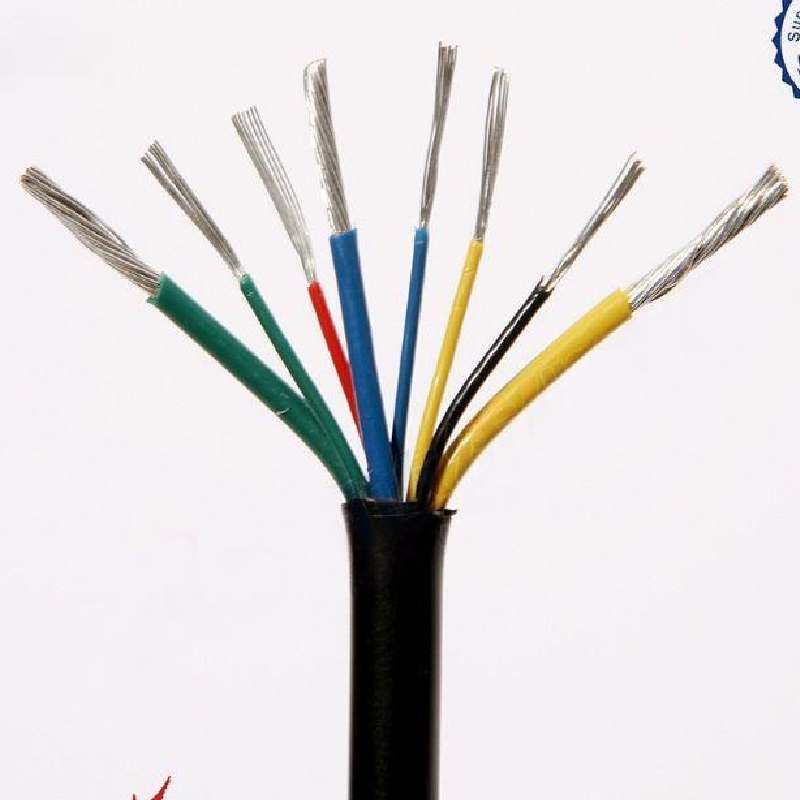Lis . 05, 2024 05:24 Back to list
flange dismantling joint
Understanding Flange Dismantling Joints An Essential Component in Fluid Transport Systems
In the realm of fluid transportation and distribution, effective assembly and maintenance of pipelines are crucial. Among the various components used in these systems, flange dismantling joints play a significant role. These joints provide the necessary flexibility and ease of access for regular maintenance while ensuring a secure and leak-free connection within the pipeline system. In this article, we will explore the purpose, design, advantages, and applications of flange dismantling joints.
Purpose of Flange Dismantling Joints
Flange dismantling joints are specifically designed to facilitate the assembly and disassembly of pipelines without the need for extensive alterations. These joints allow for minor adjustments in pipe alignment, which is particularly beneficial when installing or repairing sections of a pipeline. Additionally, they enable quick access to various pipeline components for inspection and maintenance, minimizing downtime and labor costs associated with traditional methods.
Design Features
Typically made from robust materials such as carbon steel or stainless steel, flange dismantling joints are engineered to withstand high pressure and harsh environments. The design usually includes a central body that allows for axial movement. This essential feature accommodates minor fluctuations in positioning that may occur due to thermal expansion or ground settling.
An essential component of the dismantling joint is its flanged connections. Standardized flange ratings ensure compatibility with existing pipeline networks, allowing for easy integration into various systems. The joints often feature gaskets and sealing mechanisms to achieve leak-proof connections. Additionally, many designs incorporate features such as adjustable lengths, which allow for precise positioning during installation or maintenance work.
Advantages of Flange Dismantling Joints
1. Ease of Installation and Maintenance One of the primary advantages of flange dismantling joints is their ability to simplify the installation and repair processes. Their design allows for quick disassembly, reducing the time required to conduct maintenance work.
flange dismantling joint

2. Alignment Compensation These joints offer flexibility in alignment, absorbing misalignments that often occur during installation due to manufacturing tolerances or environmental conditions. This feature is particularly beneficial in long runs of pipeline, helping prevent undue stress on fittings and joints.
3. Cost-Effectiveness While the initial investment in flange dismantling joints may be higher than traditional fixed joints, their long-term benefits can lead to significant cost savings. The ease of maintenance reduces labor costs, and their durability minimizes the need for frequent replacements.
4. Versatility Flange dismantling joints can be used in various applications, including water supply systems, sewage treatment plants, and industrial piping systems. Their adaptable nature makes them suitable for different sizes and types of pipelines.
Applications in Various Industries
Flange dismantling joints are prevalent across numerous sectors. In municipal water systems, they facilitate access to fittings and valves, allowing for efficient management of water supply. In the industrial sector, these joints are crucial for chemical processing and manufacturing, where pipeline systems often require regular adjustments and maintenance due to changes in operating conditions.
Furthermore, in the oil and gas industry, flange dismantling joints ensure the safety and reliability of pipeline operations. They are essential in systems that undergo frequent modifications or expansions, allowing for quick adaptations to changing demands.
Conclusion
In summary, flange dismantling joints serve as a vital component in modern fluid transport systems. Their thoughtful design enables ease of installation, maintenance, and alignment, delivering significant operational advantages. As industries continue to evolve and adapt to changing demands, the role of flange dismantling joints will remain crucial in ensuring efficient and reliable pipeline systems. By understanding and utilizing these joints effectively, engineers and maintenance teams can enhance the longevity and performance of their pipeline networks, ultimately driving efficiency in fluid transportation.
Whether in municipal water systems, chemical processing plants, or oil and gas operations, flange dismantling joints represent a smart investment for any organization aiming to maintain high standards in pipeline integrity and performance.
Share
-
Reliable Wafer Type Butterfly Valves for Every IndustryNewsJul.25,2025
-
Reliable Flow Control Begins with the Right Ball Check ValveNewsJul.25,2025
-
Precision Flow Control Starts with Quality ValvesNewsJul.25,2025
-
Industrial Flow Control ReliabilityNewsJul.25,2025
-
Engineered for Efficiency Gate Valves That Power Industrial PerformanceNewsJul.25,2025
-
Empowering Infrastructure Through Quality ManufacturingNewsJul.25,2025


